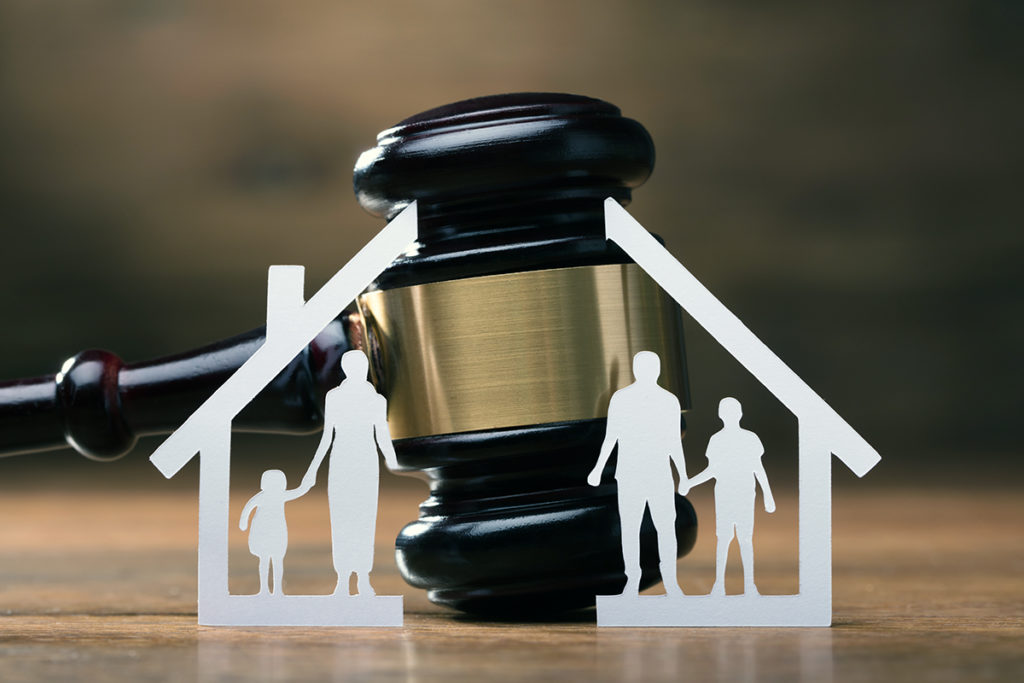
During a divorce, the house is the most common (and generally the largest) asset that the divorcing parties need to address. This is especially true if the home is owned by both parties. (both spouses/partners are listed as an owner on the home’s deed/loan). As a result, one of the most common divorce questions that divorcing couples face is “What are we going to do about the house?”
3 Options for The House
Typically, there are 3 options for couples to consider for what they can do with the house.
- Sell the house
The house is sold, the debt is paid off and the equity is divided between the couple. - Keep the house under joint ownership for a period of time.
Sometimes a couple may agree that they want the children to have as little disruption to their lives as possible. One of the ways to accomplish this goal is through “birdnesting”. This is when the children remain in the “nest” while the parents live elsewhere and “fly in” for their days with the children each week. (for example, Sunday through Wednesday Mom cares for the children in the home, and Wednesday through Saturday Dad cares for the children in the home). - One spouse/partner buys the house from the other
One spouse/partner purchases the home from the other spouse/partner. The spouse/partner who is being bought out receives a payment for their share of the home equity and signs a deed transferring title into the purchasing parties name. Refinancing the mortgage is often a requirement for a buyout.
The best option for addressing the house during a divorce is largely influenced by the individual needs and preferences of both spouses/partners. When the parties have school-aged children, , addressing what to do with the house can become more complex. Sometimes divorcing couples agree to keep the house under joint ownership for a period of time to allow children to stay in the home until they move from one grade to the next, or sometimes until a child graduates from high school; this is often done with the intention to avoid making the kids switch schools. Maintaining joint ownership is usually a short-term agreement and there are agreed-upon triggers, such as a specified date or event, for selling the house.
What Happens During a Buyout?
Choosing whether it is best to buy out the house from the person you are divorcing depends on several factors. Can you afford to buy the other party’s interest in the house? Can you refinance a loan on the property to remove the other partner/spouse’s name within a reasonable period of time? Keep in mind that the time frame for refinancing is going to depend upon the agreement of your spouse. It can be as short as 90 days, which is about as quick as a refinancing can happen. Some spouses agree that the other spouse will need a longer runway to buy out the house, and so they may choose a time that extends over a period of a few years.
It is important to remember that not refinancing quickly can be an impediment to the bought-out spouse or partner purchasing their own home, because when a potential lender runs a credit report, the mortgage on the family home will appear as a debt they owe. This potential impediment needs to be a consideration in the buyout scenario and discussion.
The family home is often the most valuable asset that a divorcing couples owns. It is important to make a sound financial decision about what to do with the house. Hasty or uninformed decisions about an asset this valuable are often bad decisions.

